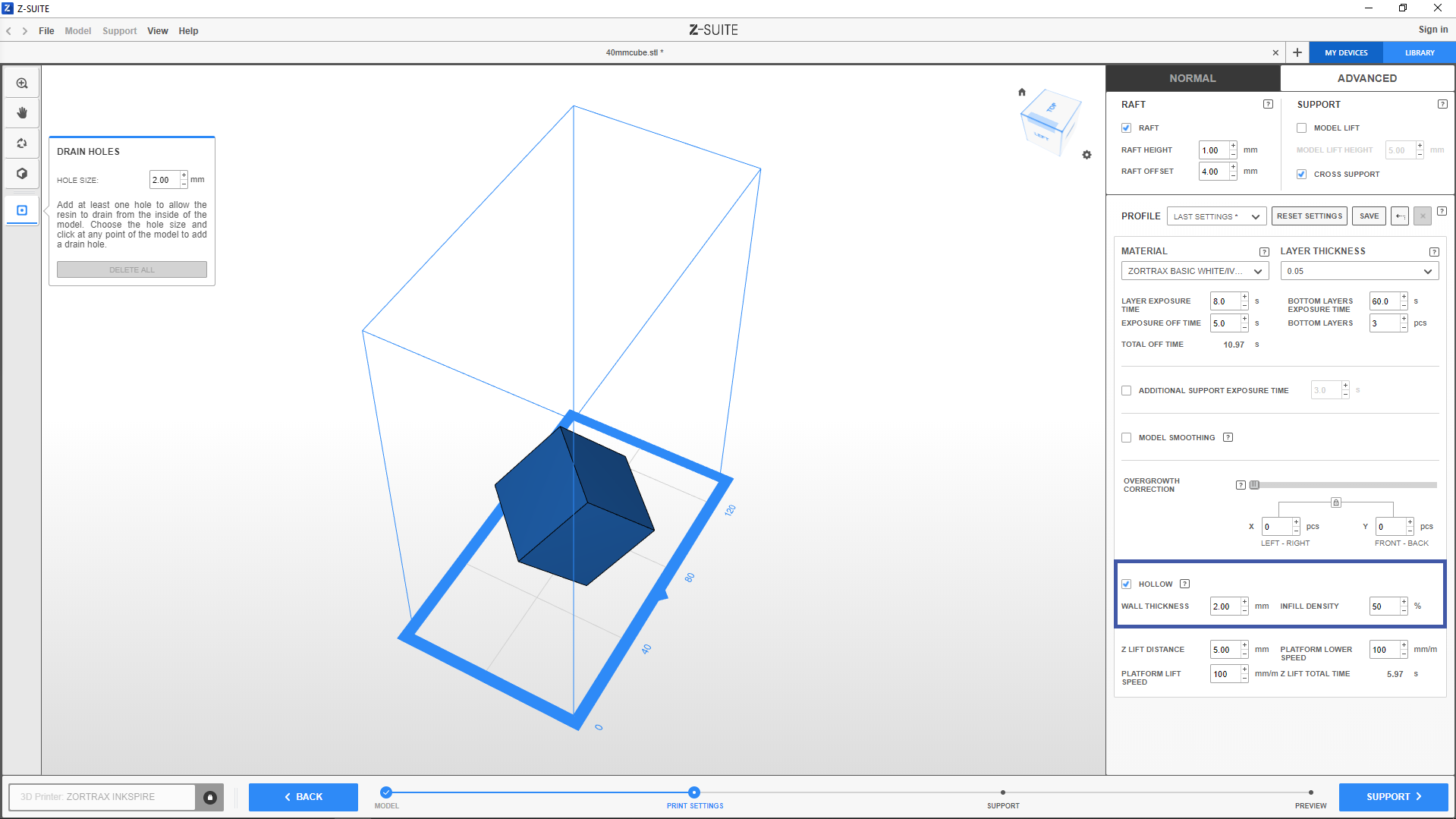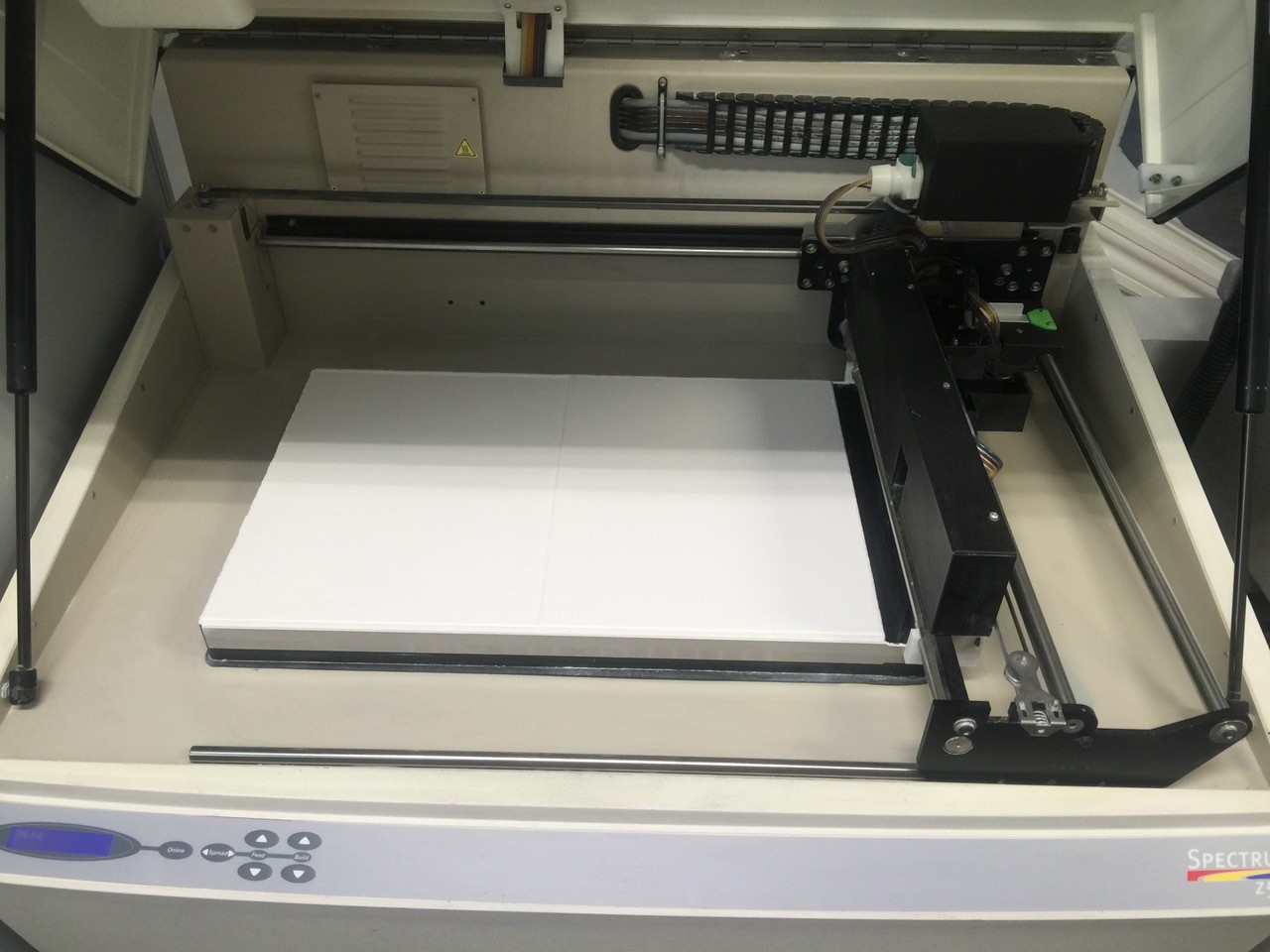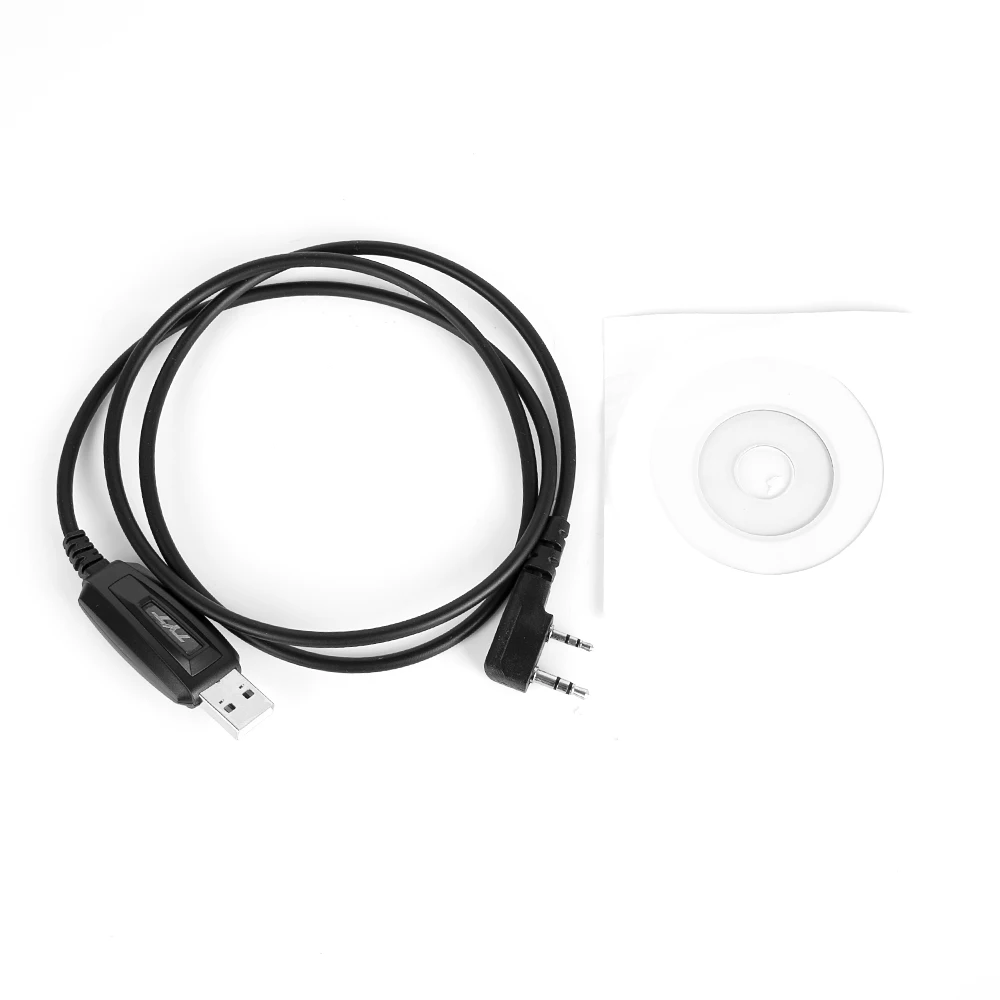


A flipped normal in zPrint is indicated by a dark area: Here’s a correct and incorrect model brought in from SketchupĪn additional tool in zPrint allows you to view the cross section of the model – you can slide a section line up and down to view how that layer of the model will appear to the printer. Even though a model with flipped normal may still render properly it will cause problems when 3d printing. This is when one or more surfaces of the model is “inside-out”. You can swap between the units of inches or mm by selectingīy far the most common problem with preparing 3d models for printing is flipped normals, also referred to as reversed faces. If you know the actual dimension you want the model to print out at, you can enter them here – note these are dimensions of the overall extent of the model the total height, width or length that the model reaches.Īlternatively you can just put in a percentage figure – this is useful for making the model to scale i.e if you modelled correctly in Autocad then you can bring in a 1:100 version by setting the scale at 1%ĭon’t worry about getting your figures exactly right here – it is still possible to rescale the model after it has been brought into zPrint by right clicking on the model and selecting scale. If the model comes in at a size that will fit into the 3d printer then the file opens straight away, otherwise you get an extra dialogue box prompting you for resize options. ZPrint shows you details of the model you are importing When you have your STL/3DS/VRML file you can bring it into zPrint. The zPrint software is installed on all machines in the digital studio it is also available to students who want to install it on their own machines.

Saves as STL file and tries to connect you to online 3d printing service which you can cancel the STL file is saved and importable into zPrintįile – Export – Other Formats – – If Rhino detects zPrint software is installed then it exports the model as a vrml file and opens straight into zPrintįile – Publish – Send to 3D Print Service – Continue – Here are some examples of generating zPrint friendly files:įile – Export – 3D Model VRML – Virtual Reality Modelling LanguageĪll 3d software can export with at least one of these file types as an option in fact some software includes a “publish to 3d printer” option.zPrint can import a wide range of 3d file formats, but the following three are common and recommended: This file type is used by the 3d Printer’s “zPrint” software. Before models can be printed on the 3d Printer they need to be converted to “.zbd” files.


 0 kommentar(er)
0 kommentar(er)
